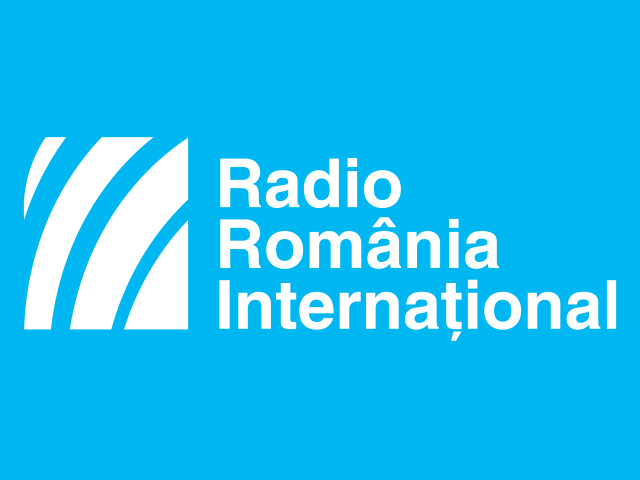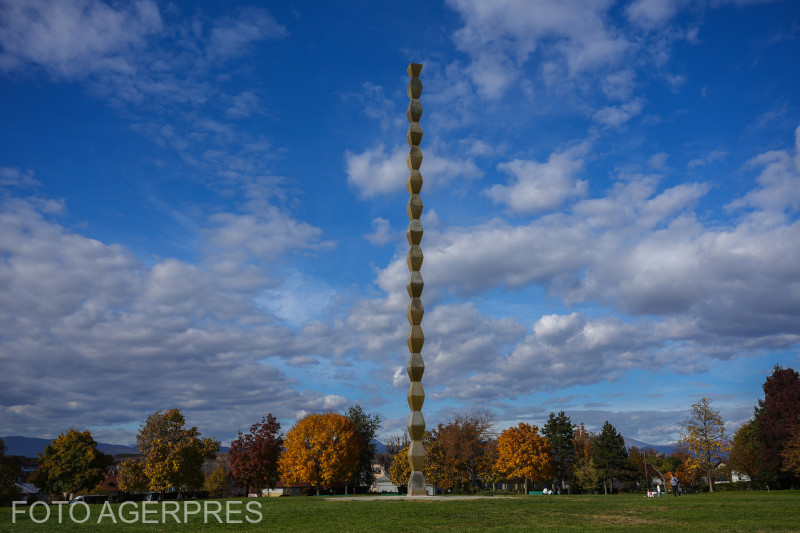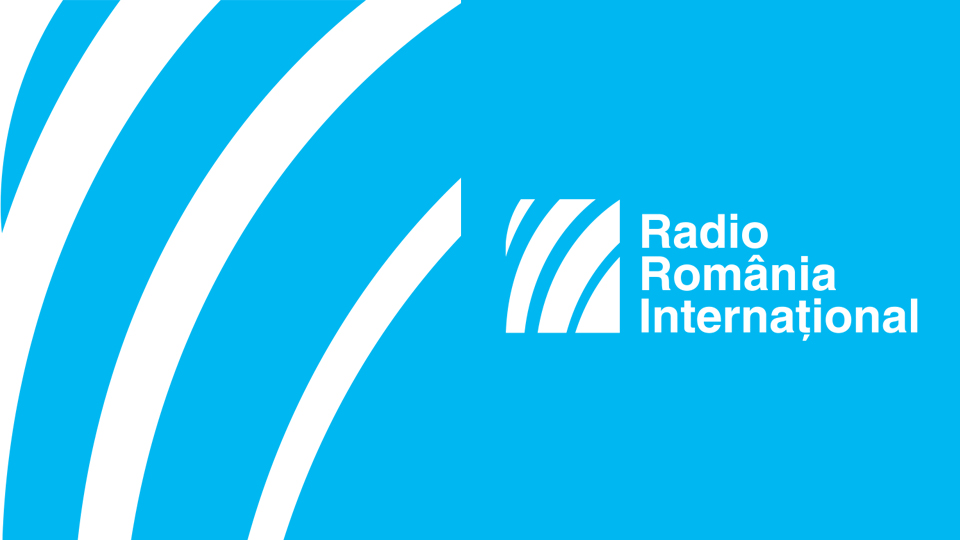Archaeology and the Securitate in Communist Romania
Scientific research in a totalitarian regime or a dictatorship is strictly controlled by the state apparatus

Steliu Lambru, 09.05.2022, 14:00
Scientific research in a totalitarian regime or a dictatorship is strictly controlled by the state apparatus. Censorship is an essential element in the structure of such a state, and the repressive apparatus is its hard core. The communist state had as its basis ideology. Knowledge of history was essential, and got special attention from the Securitate, the repressive apparatus of Communist Romania, which it controlled ideologically. The process of ideologizing social sciences and the humanities was part of the propaganda. History was no exception, it was subject to ideology like everything else, and part of that was archaeology. Even more than that, the heritage of historical sciences was struck brutally, and in the case of some historians, we can talk about physical brutality. The repressive apparatus jailed historians of the old regime, either for the political positions they held, or for their scientific opinions. Illustrious historians like Gheorghe Brătianu, Constantin C. Giurescu, Petre P. Panaitescu, Silviu Dragomir, and others, were put in prison starting in 1950. Some died there, like Gheorghe Brătianu, others managed to survive until 1964, the year of the general amnesty for political detainees.
Archaeologist Marian Cosac is a professor with the Valahia University of Targoviste, and editor of a volume of select documents from the archives of the former Securitate, about the manner in which the intelligence service of communist Romania directed archaeological research before 1989. It has to be said that archaeology was another area in which the Securitate stepped in with brutality, setting the topics and imposing conclusions. It was about the ideas and theses that could be ideologically supported, and appointing the panels of archaeologists that could do research on a given site. The formation of the Romanian people and their continuity in Transylvania, Maramures, Banat, and Dobrogea were more than ideas that had to transpire from any and all archaeological digs. It was an obsession, it was the most important conclusion. Hand in hand with continuity was historical truth. The above mentioned provinces were assigned special attention because of the historical differences with Hungary and Bulgaria. It had to be that Romania’s arguments must derive from any research into the territories that united with Romania in 1878 and 1918.
However, this was not an exclusive practice of the Romanian Securitate. Other repression apparatuses from other communist states had the same kind of intervention for purposes of justification. We asked Marian Cosac how the Securitate assigned archaeologists research tasks and the conclusions they had to reach:
“The Securitate had a vast, extremely vast, network of informants in all history museums in Romania. This network of informants guaranteed the correct scientific interpretation of archaeological data. The officers of Direction I of the Securitate did not have the ability to understand the language of archaeology. Unfortunately, accusations of non-compliance with historical truth came from colleagues, not Securitate officers. To the extent that the data reached the officers, they intervened by opening a surveillance case. Some archaeologists found themselves in the situation in which, while expressing well supported scientific arguments, they became enemies of the Romanian state, placed in the category of those who warped historical truth.
The intervention of the Securitate in archaeological research also had personal consequences. There were cases of archaeologists who, to their merit, had the courage to put up opposition to the egregious meddling of the authorities in the meticulous work of archaeologists. Florin Medelet, from the Timis Museum of History had to suffer for his opposition, says Marian Cosac, who found in the archives his surveillance file:
“Florin Medelet was one of the archaeologists who came to the attention of the Securitate because of an unfortunate find. This find consisted of three Roman bricks found while digging near the foundation of a block of flats. The three Roman bricks were interpreted by a historian specializing in the modern period, Ioan Dimitrie Suciu, as being clear proof of the continuity and presence of the Roman factor in the Banat area. He identified the presence of a Roman castrum in the founding area of the city of Timisoara, with the three bricks presented as incontestable proof. As an archaeologist, Medelet rejected this hypothesis. This rejection resulted in a surveillance case being opened, and this had dire consequences on his scientific, and even personal, evolution. He was dismissed from his managerial position, he got demoted to the lowest rank, that of museographer. He was banned from publishing studies in archaeology, he was put under surveillance, and was prevented from applying for a PhD. The direct effects on Florin Medelet were catastrophic. Medelet is an undisputed personality in archaeological research in the Banat area, he shaped an entire school of archaeology.
Between 1945 and 1989, archaeology was a science heavily influenced by ideology. Neutral research had a lot to suffer, and many honest scientific conclusions gathered dust on a shelf, forgotten.






























